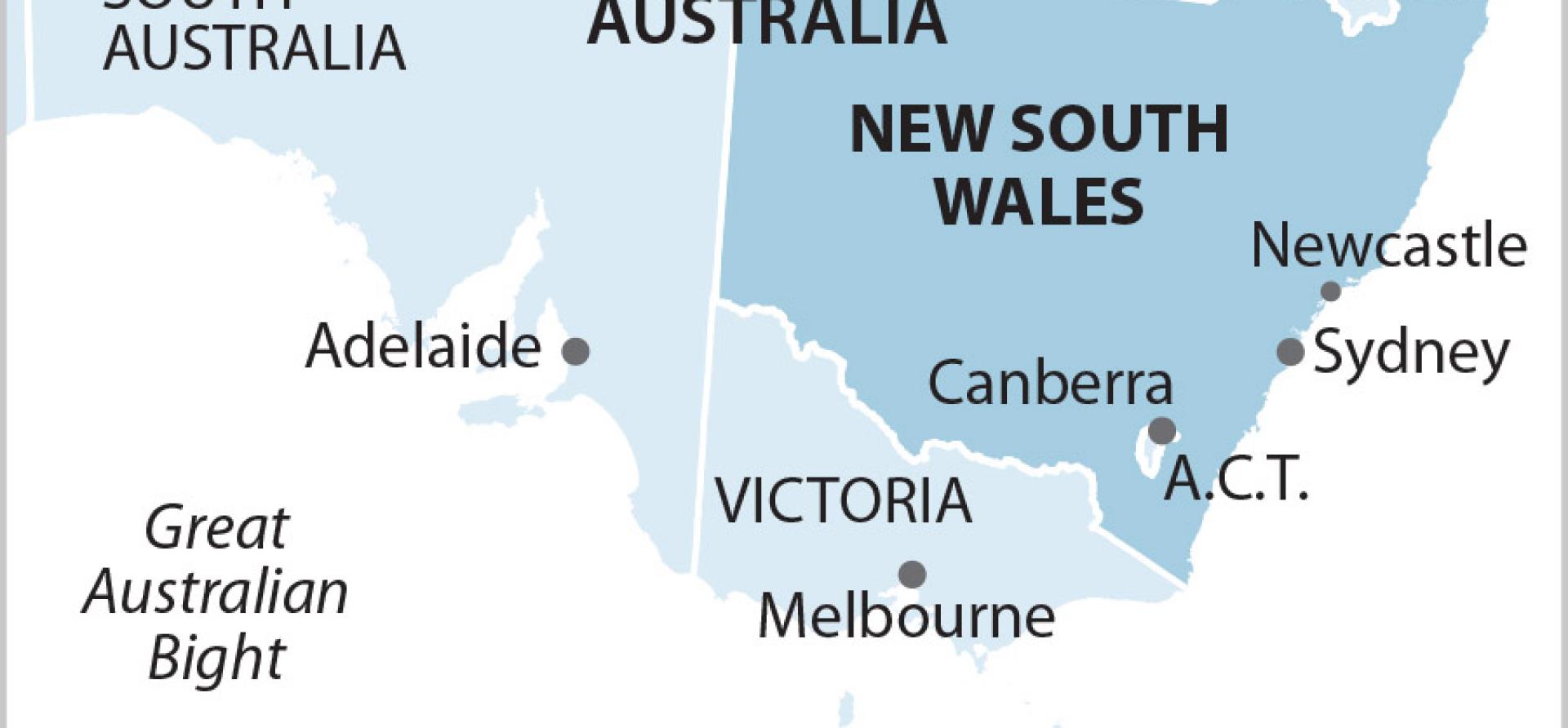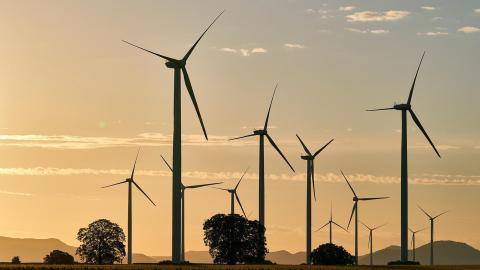NSW government sensibly resists temptation to tax electric vehicles

The New South Wales Government has released its five yearly Intergenerational Report. As part of the process, NSW Treasury produces deeply researched technical papers into a number of relatively narrow topics.
This week it published a piece on the sensitivity to global coal demand and the broader energy transition. In two pages (pp 24-25) this piece deals briefly with the emerging electric vehicle (EV) market.
Three issues are raised that are worth commenting on and one issue is essentially avoided.
The UK will prohibit the sale of internal combustion engine vehicles from 2030
First, there appears to be a sensible and hard headed understanding of the limitations of NSW Government policy on the pace of take-up of EVs.
Treasury’s paper notes that the UK will prohibit the sale of internal combustion engine vehicles (ICE) from 2030 and Japan from 2035. It goes on to note these are two of the largest right-hand drive markets in the world.
The clear implication is that post 2030 at the earliest, and by 2035 at the latest, the supply of new ICE vehicles for Australia’s domestic market is likely to plummet.
Second, there appears to be an understanding, without an explicit acknowledgement, that the time for taxes on EVs is well down the road. There is the unfortunate statement that the Federal fuel excise will need to be replaced by a state-based road user charge – somehow suggesting a funding source offset by pointing out the non-revenue generating EV taxes in South Australia and Victoria.
Third, there is a brief discussion regarding imported petroleum products into NSW. NSW has no locally produced oil or gas and no oil refining capacity. The only jobs involved in petroleum-based fuels in NSW are trucking products from depot to site, and retailing.
As EVs replace ICEs fired by imported fuels, NSW ought to be the major beneficiary in Australia. One cannot lose jobs that never existed, and absent any strong policies, Australia will be unlikely to generate substantial new manufacturing jobs from the switch to EVs.
NSW ought to be the major beneficiary in Australia
In NSW, there will certainly be some jobs related to the rollout of charging and grid infrastructure as well as from domestic power generation (increasingly wind and solar, a $5-8 billion annual construction activity for the next couple of decades).
In sum, this could be a net gain of 1% of GDP nationally, with NSW being by far the biggest beneficiary. This topic probably deserved more attention in the report than it received.
Fourth, the report discusses the issue of Commonwealth excise taxes and the impact on NSW road funding. Thinking citizens and taxpayers will have a number of concerns with this portion of the analysis.
The report makes three critical misjudgements on this issue.
First, it notes that fuel excise is a defacto road user tax and funding source and when EVs dominate, there will be no road user taxes. This is nonsense. EVs will consume electricity. There is GST on electricity. That is a road user tax if one is using grid-sourced power to charge a vehicle.
Second, the report notes that the Commonwealth generated $17.6bn in petrol and diesel excise in fiscal 2020 and that this is used to fund road spending. As shown in our recent report, this is an incorrect reading of the situation.
The Commonwealth did generate $17.6bn in excise from petrol and diesel in 2020. The diesel fuel rebate, which returns the excise to off-road operators in the mining and agriculture industries, consumed $7.3bn of these proceeds. The net revenue to the Commonwealth was $10.5bn ($12.4b including other transport fuels).
Commonwealth funding of roads in 2020 was $4.6b
Commonwealth funding of roads in 2020 was $4.6b, or 36% of net transport fuels excise. 2020 was not an aberration. Since 2009 when the data became available, the Commonwealth has spent less than half of all net excise from transport fuels on roads.
Third, in discussing road usage charges and funding in NSW, the report specifically excludes tolls, an increasingly prevalent form of road user charging.
The total funding is a bit opaque as the data is presented as a chart covering one year (presumably fiscal 2020, but it is not clear) leaving a bit of guesswork for the reader. As it appears, the Commonwealth provides 31% of funding. In 2020 this was $2,126m. Stamp duty was $768m or 11%. Weight, transfer taxes and registration were 49% or $3,360m. Weight and transfer taxes made up $2,344m of this total. Registration was not broken out separately in 2020, being included in fines following the adoption of AASB 15 (a revenue standard stipulating how and when revenue is recorded). Licence fees were around 4% of the total. In sum, total funding looks like $6,858m.
The exclusion of tolls in the report seems bizarre. Tolls are clearly a road usage fee and they are hardly insignificant. In fiscal 2020 the NSW government generated $138m in toll revenue. Transurban generated $1.55bn from its Sydney road network. Other operators in NSW probably generate $100m.
Tolls are clearly a road usage fee
These tolls, of course, have funded major arterials including the M2, M7, M4 and M4 East, Cross City Tunnel, Lane Cove Tunnel, M5, M5 duplication, NorthConnex and WestConnex. They will also presumably be used to fund the Beaches Link. The present cost of these assets would be well in excess of $50bn, which all road users are paying for.
Over the past 30 years the use of toll roads in Sydney has certainly provided much more road funding than the Commonwealth ever imagined. To ignore tolls as a funding and usage tax mechanism is not a realistic assessment of the situation.
Notwithstanding Treasury’s ICE / EV policy misunderstandings, the 2021 NSW Intergenerational Report seems to be a solid piece of work. The report faces the energy transition issue squarely, does not oversell the opportunity and does not explicitly advocate destructive taxes.
Although it misreads the existing Commonwealth tax and funding structure, that can be fixed. And while it inexplicitly ignores tolls, that is also fixable.
The report is much preferable to South Australia and Victoria which are taxing EVs thereby slowing the uptake. This will limit the pace of reduction in high emissions fuel imports.
Owen Evans is a guest contributor with IEEFA.
This commentary first appeared in The Driven.
Related items:
A loss of excise tax revenue should not stall the uptake of electric vehicles in Australia
Perceived Road Revenue and Excise Tax Gap Not a Barrier to EVs
IEA’s net zero emissions by 2050 maps the huge increase in global ambition















